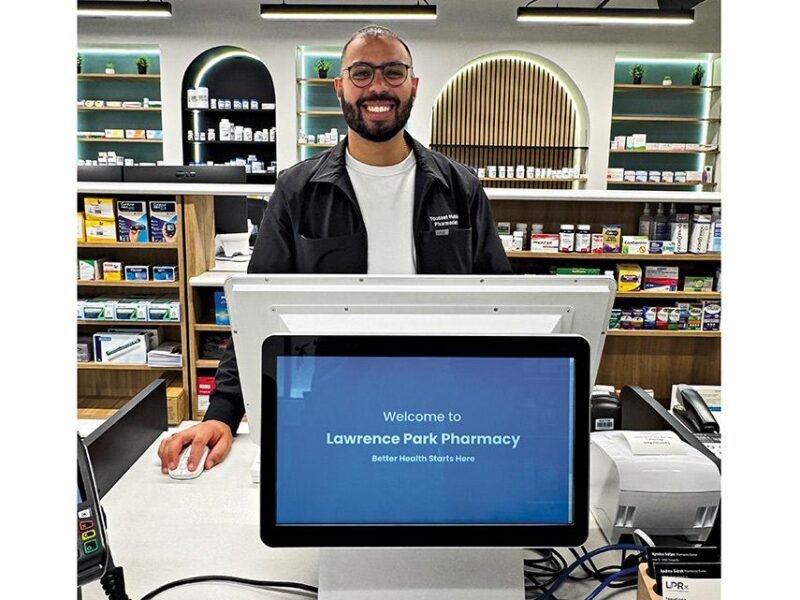
Taking Care of Your Child’s Teeth: An Age-by-Age Guide
By Meagan Ruffing
February is National Dental Hygiene month which means it’s a great time to get your kids on board with learning how to brush their teeth and actually enjoying it. No more battling your kids to take responsibility for cleaning their teeth or going back and “doing it again.” These insider tips from a mom who has been there and done that will have you feeling prepared to tackle the tricky life-lesson of teaching your children how to take care of their teeth.
Ages 0-2
It’s never too early to start cleaning the inside of your child’s mouth. For this age, when your child has not yet sprouted his first tooth use a damp washcloth to wipe his gums down after nursing or bottle-feeding. If your child has a few teeth, use a finger brush with a tiny amount (the size of the tip of a pencil) of fluoride-free toothpaste and do it yourself. Getting your children in the habit of cleaning their mouths is a great way to get them prepared for their very first visit to the dentist.
Around age two is when your dentist will recommend doing a “Lap” exam for their first dental visit. This just means the child sits in your lap (facing you) and lays back with her head on your knees. The dentist goes knee-to-knee with the parent while looking at the inside of your daughter’s mouth. The exam is usually just a few minutes long and the dentist is checking for any signs of decay.
Ages 3+
By now, your child should be seeing a dentist and brushing his own teeth with adult supervision. Buying a toothbrush with a smaller, softer head will ensure your child has the best toothbrush for his mouth. For the younger ages (3-5), using a pea-sized amount of toothpaste with fluoride in it will ensure your child is getting the protection he needs to keep his tooth enamel strong. To make the actual process of tooth brushing more fun, humming the “Happy Birthday” song is a great way to get your child involved in the process. Doing this serves two purposes: 1.) Making sure your son is brushing his teeth long enough and, 2.) Keeping him engaged long enough to keep the toothbrush in his mouth. No promises that he won’t smile and laugh while doing this but that’s part of the fun.
Flossing & Brushing
Your child should be seeing the dentist every six months for regular check-ups once they turn three. Flossing is encouraged even at this young age especially when kids are learning to do some basic tasks for themselves. Buying the kid-friendly floss sticks is much easier than trying to use the floss adults use. You can get all sorts of fun floss sticks that are coloured, flavoured and even character-shaped to help encourage flossing.
If you see that your child is having a hard time with wanting to brush her teeth or brush them long enough to actually make a difference, try brushing your teeth with her. Grab your toothbrush and do it together. Kids are more likely to try new things and be encouraged to brush their teeth when they see that mom and dad do it too. Have a brush-your-teeth-a-thon and see who can brush them the longest.
There will still be some children who just don’t want to brush their teeth. Try taking them to the store and letting them pick out their own toothbrush. Sometimes taking ownership and making decisions for themselves is what strong-willed children want when they are starting to take on more self-care responsibilities. Go ahead and splurge on an electric toothbrush if you can. There are disposable ones for about $5 with character-themed heads or if you want to go the fancier route, you can buy an actual spin brush from your dentist or at the store for about $40 (and up) where you replace the toothbrush head about every three months.
You will be able to gage where your child is at in his dental hygiene habits. Do what works for you and your family and try not to get wrapped up in what your friends’ kids are doing. It can be easy to compare parenting styles especially when it comes to when your child should start going to the dentist. Take the pressure off of yourself and follow these guidelines for a place to start with what works for you and your child. Call around to different dental offices to see what the best fit is for your child; word-of-mouth is often the best way to find the right dentist.
Special Needs
If you have a child with special needs, look for dentists who specialize in this. Most kids get anxious about going to the dentist anyways so if you can find one who is sensitive to your child’s needs, you’ll be setting them up for a successful visit. Calling ahead of time and talking to the front office about what your child’s specific challenges are and asking if the dentist is familiar with working with children like yours, can take the worry out of the appointment for you as the parent. Even if your visit does not go as smoothly as you had hoped, you can always try another dentist.
Teaching your children about keeping their teeth clean is a great way to introduce what it means to take care of their bodies. Don’t be afraid to tackle the tooth-brushing battle with your kids. They may surprise you at how well they can keep those teeth sparkling white.
Meagan Ruffing is a parenting journalist who likes tackling the harder parenting moments by talking about them. For more parenting tips, visit www.meaganruffing.com.





